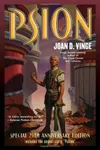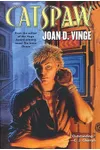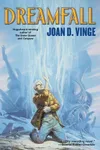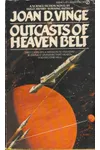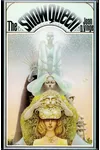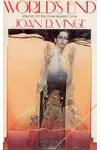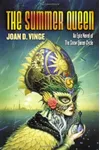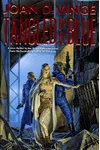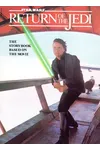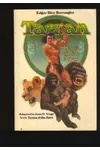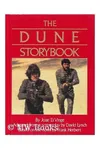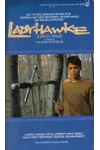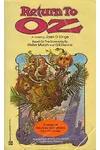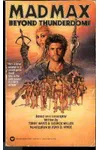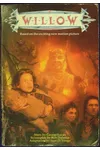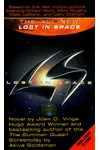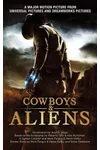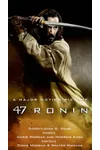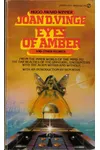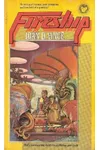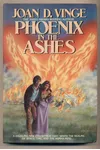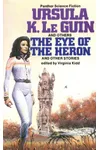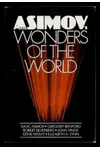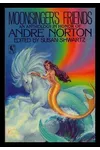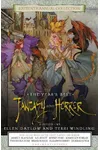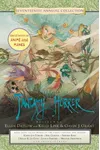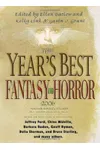Picture an American storyteller who spun fairy tales into cosmic epics—meet Joan D. Vinge! Born Joan Carol Dennison, this science fiction visionary captivated readers with her Hugo Award-winning novel, The Snow Queen, and her knack for blending mythic storytelling with intricate worldbuilding. From telepathic heroes to galactic queens, Vinge’s works explore human nature with a playful yet profound touch.
With a career spanning decades, Vinge transformed classic narratives into thrilling sci-fi adventures. Her unique ability to weave anthropology, mythology, and hard science fiction has earned her a cherished spot in the genre. Ready to dive into her universe? Let’s explore the life, works, and legacy of Joan D. Vinge!
The Making of Joan Vinge
Born on April 2, 1948, in Baltimore, Maryland, Joan D. Vinge initially pursued art at San Diego State University before switching to anthropology, earning her B.A. in 1971. This academic shift shaped her storytelling, infusing her work with cultural depth and human complexity. Married twice—first to sci-fi author Vernor Vinge (1972–1979) and later to editor James Frenkel (1980–present)—Vinge balanced family life with her creative passions, raising two children in Chapel Hill, North Carolina.
Her writing career kicked off with the novella 'Tin Soldier' in 1974, published in Orbit 14. Inspired by Andre Norton’s planetary romances, Vinge began crafting stories that merged mythic archetypes with futuristic settings. Her early work caught the eye of the sci-fi community, setting the stage for her breakout success.
Joan Vinge’s Unforgettable Stories
Vinge’s bibliography is a treasure trove of imaginative worlds. Her crown jewel, The Snow Queen (1980), reimagines Hans Christian Andersen’s fairy tale as a political space opera on the planet Tiamat. Winning the 1981 Hugo Award, this novel dazzles with its rich worldbuilding and strong female characters, like the cunning Snow Queen, Arienrhod. Sequels like The Summer Queen (1991) and Tangled Up in Blue (2000) expand this epic saga.
The Cat series, starting with Psion (1982), follows a half-human, half-alien telepath named Cat. This young adult gem, named an ALA Best Book for Young Adults, blends gritty coming-of-age themes with space opera flair. Catspaw (1988) and Dreamfall (1996) deepen Cat’s journey, showcasing Vinge’s skill at crafting relatable yet otherworldly heroes. Her Heaven Chronicles, including The Outcasts of Heaven Belt (1978), explores a resource-rich asteroid belt and societal collapse, highlighting Vinge’s knack for egalitarian themes.
Vinge’s style is a vibrant mix of mythic resonance and scientific curiosity. Influenced by Robert Graves’ The White Goddess, her stories often feature archetypal characters and feminist undertones, set against meticulously crafted universes. Whether it’s Tiamat’s wormhole-driven Hegemony or Cat’s psionic struggles, her narratives pulse with emotional depth and adventure.
Why Joan Vinge Matters
Joan Vinge’s impact on science fiction lies in her ability to humanize the cosmic. Her strong female protagonists—like Moon Dawntreader in The Snow Queen—challenged the male-dominated sci-fi of the 1980s, paving the way for more diverse voices. Her blend of fairy tale and hard sci-fi inspired authors to experiment with genre boundaries, while her anthropological lens added cultural richness to speculative fiction.
Despite a setback from a 2002 car accident that caused minor brain damage, Vinge resumed writing by 2007, releasing works like the Cowboys & Aliens novelization (2011). Her resilience and creativity continue to inspire fans, cementing her legacy as a trailblazer who made the stars feel like home.
About Joan Vinge
- Born: April 2, 1948, in Baltimore, Maryland
- Key Works: The Snow Queen, Psion, The Outcasts of Heaven Belt
- Awards: Hugo Awards for The Snow Queen (1981) and 'Eyes of Amber' (1977)
- Fun Fact: Vinge also wrote the bestselling Return of the Jedi Storybook (1983)!
Ready to explore distant galaxies? Snag The Snow Queen and dive into Joan Vinge’s spellbinding sci-fi adventures!
